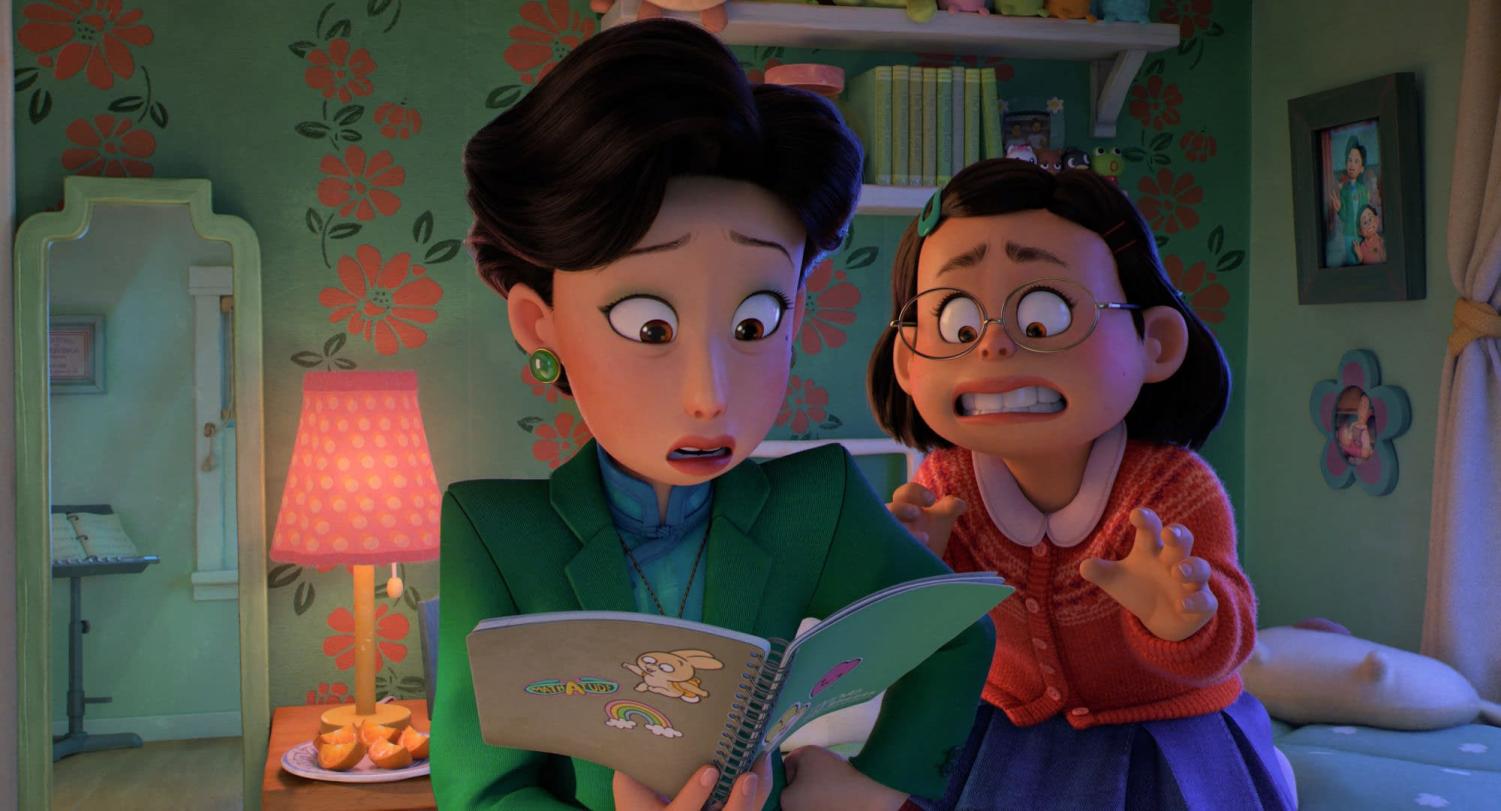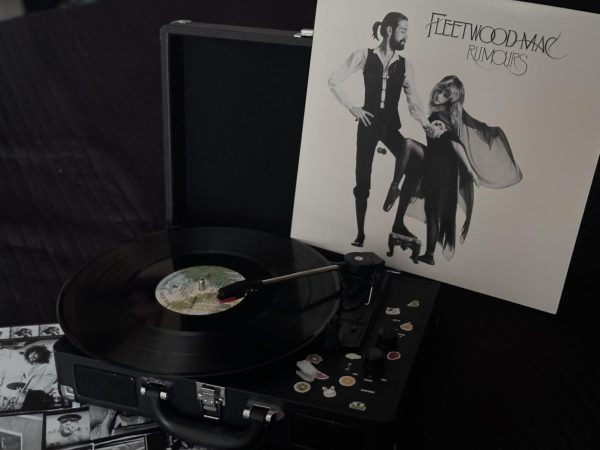Turning Red Review
Here’s a big 10/10 for DIsney Pixar’s new movie
Mei gets excited after finding a way to calm down.
April 12, 2022
On Friday, March 11, Disney+ released the brand new Pixar movie “Turning Red.” It’s already been gaining a lot of attention and is worthy of the attention it’s gaining and here’s why. Spoilers ahead!
“Turning Red” is about a 13-year-old Chinese-Canadian girl Meilin Lee (played by Rosalie Chiang) who finds herself turning into a big red panda when she gets overly excited, angry, sad, etc. It turns out that the women of the family at some point gain this power and only during the next red moon can they banish the red panda.
At its core, it’s a movie about growing up and grappling with the intense emotions that come with it. CinemaBlends managing director, Sean O’Connell, wrote in a tweet that “By rooting ‘Turning Red’ very specifically in the Asian community of Toronto, the film legitimately feels like it was made for Domee Shi’s friends and immediate family members. Which is fine — but also, a tad limiting in its scope.”

The review has since been deleted, but this idea is powered behind the idea of white-centered movies. No one relates to Simba, Wall-E, or Ratatouille because they resemble the audience. The audience relates to the story because of the universal emotion behind the story.
Through the ages, Disney and Pixar have entered formulas on how to make a good-selling story. Previously, I’ve talked about how during the Disney Renaissance (1989-2001) they had the “I want song,” a classic villain song, and happy ending. In recent years, we’ve seen more diversity and more empowerment, and in both Disney and Pixar movies, there’s been a lack of conventional villains and the villain twist (think Ernesto De la Cruz from Coco and Hans from Frozen ). Well, what does this have to do with “Turning Red?” Recently, the newer era of Disney and Pixar has evolved to more personal stories.
The director of “Turning Red,” Domee Shi, related it to her life, much like the directors for “Luca,” “Soul,” “Onward,” etc. did. Domee Shi also directed the award-winning short film,
“Bao.” “Bao” was a wonderful metaphor about motherhood and what it means to be a mother having to let go of her child. “Turning Red” resembles a lot of Shi’s childhood and took to using a red panda as the metaphor for puberty. What’s a more universal experience than the awkward years between being a child to becoming an adult? So really, “Turning Red” isn’t as limiting as it might seem on the surface.
I’d like to also touch on the mother-daughter relationship portrayed in the movie. It’s not as estranged as other tough relationships like Queen Elinor and Merida in “Brave.” Mei even goes as far as saying that she doesn’t mind. Along with visuals of her and her mom having fun, this relationship is probably one of the most realistic portrayals of what a moderate estranged relationship between mother and daughter is like. As the movie progresses, it also takes on the “parents learn from their child(ren)” viewpoint because as Mei comes to the conclusion that she wants to keep her panda, both her and her mom are seen in this in-between-state. We see Mei’s mom when she was younger, breaking down saying “I’ll never be good enough for her, or anyone,” in reference to her own mother, and that’s when Mei consoles her.
This film does an excellent job at taking this experience of not being good enough, hiding these big thoughts and feelings, and expressing that it’s okay such thoughts make you who you are and give you the chance to be an individual while still being connected.



























